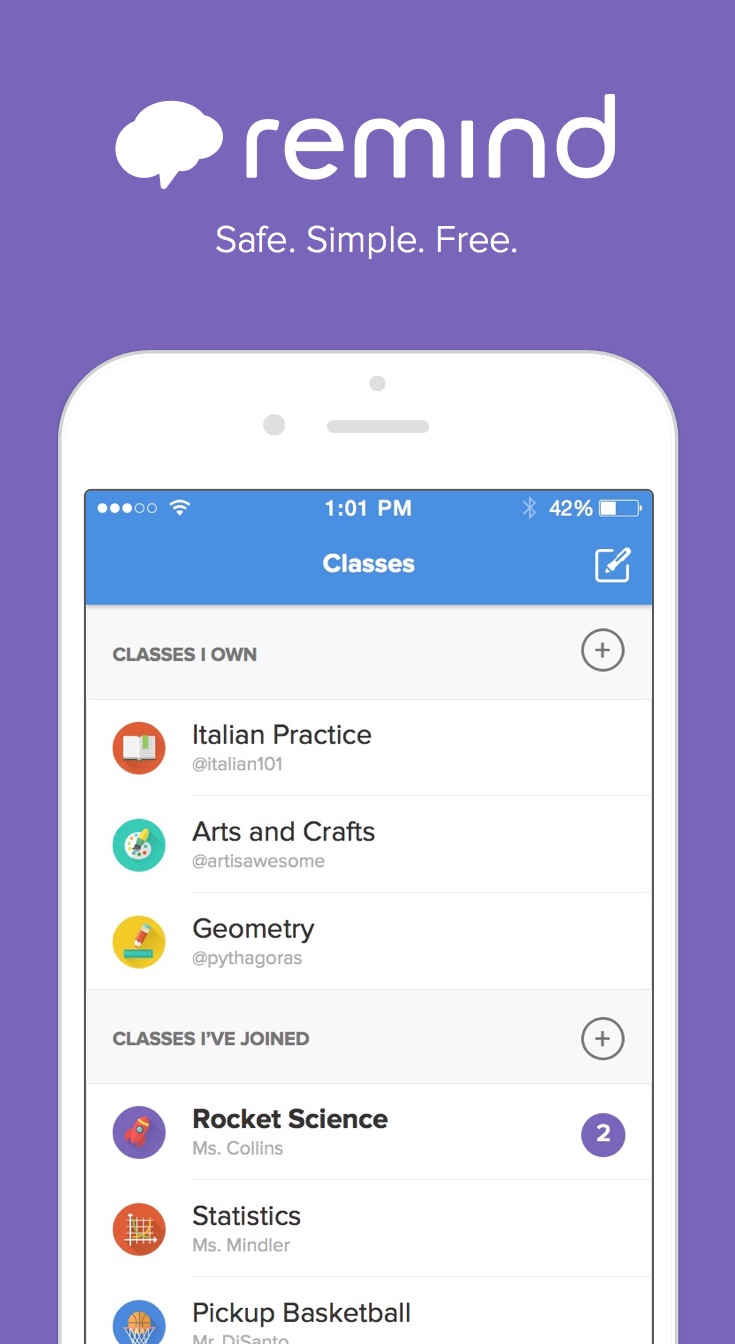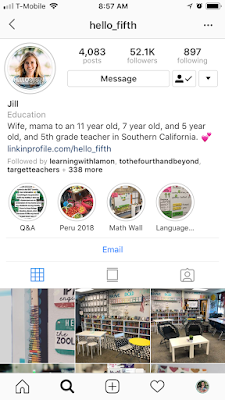I've been reflecting a lot on my first week of school and how I can "Set the Stage to Engage". What can I do that takes my student's learning beyond the worksheet? My first task was creating a more engaging introduction to my classroom procedures. Teaching procedures can be boring, but it's such an incredibly important aspect of teaching!
Here's my plan:
- Put students into groups of three and assign their procedure and give them a card that outlines the procedure and my expectation.
- In their group, students must create a skit that reflects the right and the wrong way to do the procedure.
- Have groups perform their skits for the class.
 It's not a crazy change, but instead of me doing all of the talking and they just sit and listen, they're interacting with each other and learning the procedures.
It's not a crazy change, but instead of me doing all of the talking and they just sit and listen, they're interacting with each other and learning the procedures. I'm also looking at creating a game to "test" them on how well they learned the procedures. I went to the Dollar Tree and picked up Mini-Jengas (at a dollar each, it's easy to grab a bunch!). They're super cute 4 1/2" tall Jenga games. I'm thinking I will create task cards with questions or scenarios about the procedures. In pairs, they will take turns answering the questions. If they answer the question correctly, they can remove a piece.
My goal this year is to look for fun and engaging ways to help students learn. High engagement + rigor = success!
What can you do this year that will engage your students?







